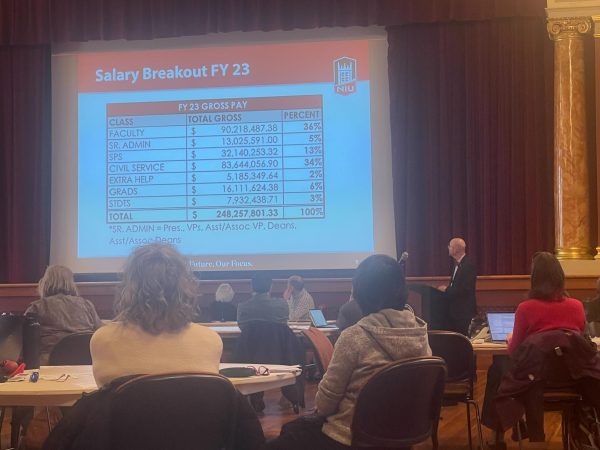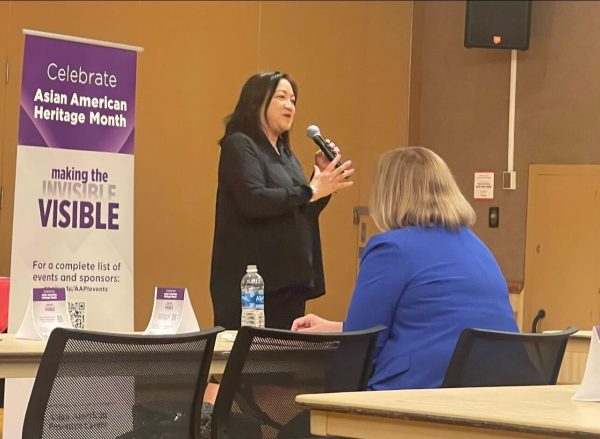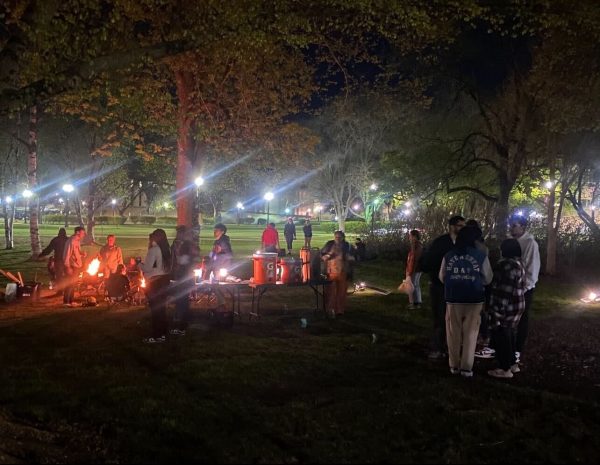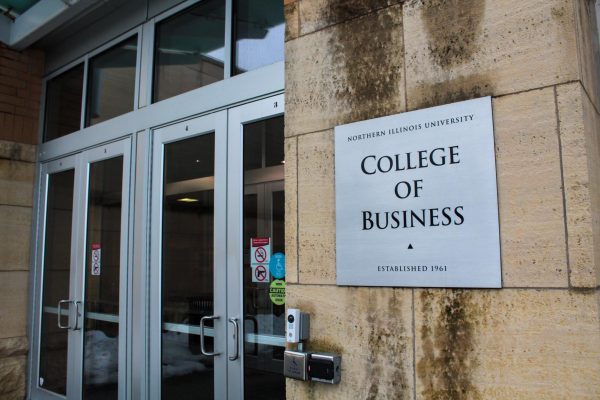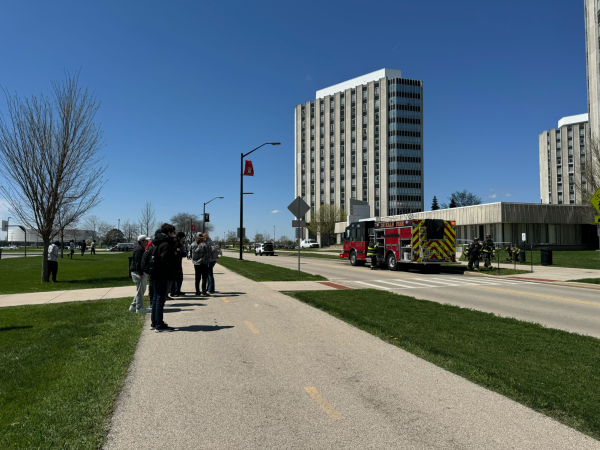Program leaders putting action plans together
July 11, 2016
Divisional leaders have utilized a variety of methods while composing program prioritization action plans, which are due on Friday.
Program prioritization, which began in 2014, uses task forces to create reports that review 223 academic programs and 236 administrative programs to influence the allocation of university funds. The reports were based on narratives submitted by program leaders in November.
Leaders from of each of the 459 programs reviewed by the program prioritization task force have been responsible for creating an action plan in response to the reports. Program leaders then turned their action plans into the appropriate dean so that the dean could produce a unified plan for the division.
When program leaders created their action plans, a template was made available on the program prioritization website to guide the composition process.
After being submitted on Friday, the actions plans will then be reviewed by President Doug Baker’s cabinet and various shared governance groups. After the review process, Baker will incorporate the suggestions made during the program prioritization process into his budget proposal to the Board of Trustees, according to the program prioritization website.
College of Liberal Arts and
Sciences
Program leaders within the College of Liberal Arts and Sciences began composing actions plans directly after the task force reports were released in May, said Christopher McCord, dean of the College of Liberal Arts and Sciences. Although these action plans eventually took into account the responses submitted by shared governance groups on May 23, they did not wait for their release.
Because of the early composition of program action plans, McCord said that faculty members were widely available to be involved in the process. The action plan template was used to guide the composition process.
All action plans were submitted to McCord by the end of May. He then began composing a unified plan, for which there was a first draft by mid-June.
“I took all of the [program leaders’] responses into account, but I didn’t necessarily limit myself to just stapling together all of the reports,” McCord said. “There was a lot of synthesis and there was a certain amount of brokering conversations.”
Because of the early completion of action plans, McCord said that he has had the opportunity to compare notes with other divisional leaders about the composition process. All drafts have been shared by McCord with program leaders.
“I have been very gratified at the positive response,” McCord said. “People are taking this very seriously. They’re really seeing this as an opportunity to improve the university.”
College of Engineering and
Engineering Technology
While composing action plans, program leaders hosted a series of meetings with faculty members in the program in order to collaborate about the composition, said Omar Ghrayeb, dean of the College of Engineering and Engineering Technology. The amount of meetings varied from program to program.
During these meetings, faculty members would discern whether or not they agreed with the information in the reports. Whether or not agreement was established, an action plan had to be created. However, if faculty members disagreed with the reports, they were required to support this with data.
Of the 22 academic programs in the College of Engineering and Engineering Technology, 59 percent were placed in the categories titled “candidate for transformation” and “candidate for review.” Many of these programs were certificates. However, many faculty members seemed to be on board with these categorizations.
“We agree that some of these certificates have been around for a long time,” Ghrayeb said. “We look at it as an opportunity to go back and review those certificates.”
Although some program leaders chose to utilize the available action plan template, the use of these templates was not a requirement, Ghrayeb said.
Faculty members were a major part of the action plan composition process.
“It is important that the faculty members and staff members are solicited for their input, and their input has to be taken seriously. This is our philosophy,” Ghrayeb said.



